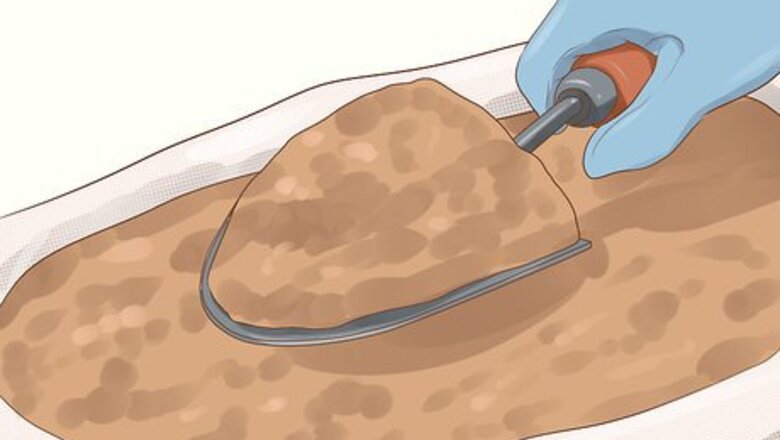
views
Growing Succulents and Cacti
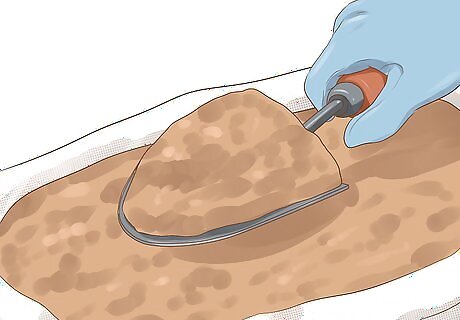
Use the right soil. Succulents and cacti need well-draining soil. You can purchase cactus soil that is already mixed. Put your succulent or cactus in a pot with drainage holes then put it in the cactus soil. If you want to put your succulent or cactus in something besides a regular pot, layer the bottom of the container with pebbles before you put the plant and soil inside. This will provide drainage for the plant.
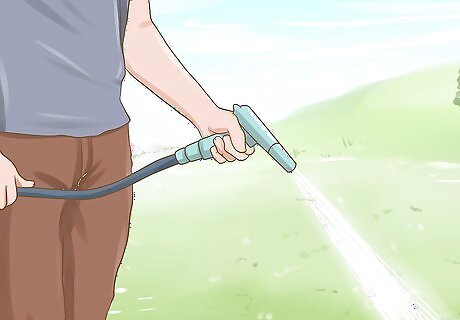
Water your plants the appropriate amount. Succulents and cactus can go a long time without water, but they do need water to survive and grow. Water your plants only when the soil is completely dry, to avoid killing it by overwatering. It is better to under-water cacti than it is to overwater them. Pour the water on the soil, not on the plants itself, to avoid rot.
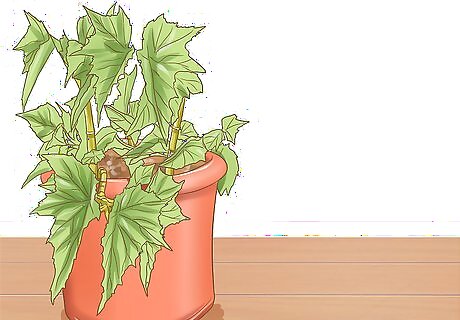
Make sure the plants have sunlight. Succulents and cacti do best in bright indirect sunlight. Experiment with different spots near windows to see where your plants thrive. If you notice your plants withering, meaning the leaves look yellow or transparent, move them to a brighter spot. Make sure your plants are not getting sunburned from too much light. In the northern hemisphere, succulents tend to burn near south facing windows. You can move your plants to an east facing window if they are getting too hot.
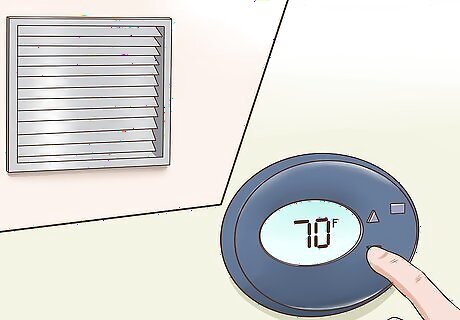
Keep the environment a good temperature. Succulents like to be warm in the summer (between 70° and 80° Fahrenheit, or 21°-27° Celsius) and cool in the winter (between 50° and 60° Fahrenheit, or 10°-16° Celsius). Most succulents can handle temperatures higher or lower than that, but don’t let the plants get below freezing. If you keep your plants next to a window, you probably won’t have to worry about the temperature too much, be cautious in the winter and move your plant away from the window if the window area gets too cold.
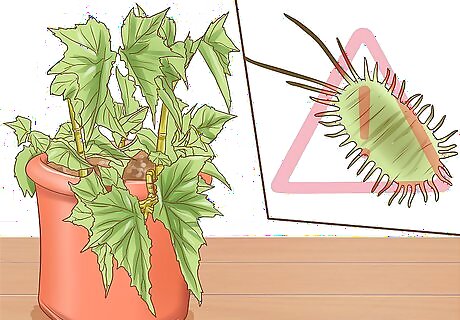
Get rid of bugs. Because you are growing plants indoors, you probably don’t have to worry about bugs too much. If you don’t use a well-draining soil mix and don’t let your plants dry out completely between watering them, you might get gnats (very small flies). Another bug that likes to attack succulents is mealy bugs (white, fuzzy bugs with many legs). If you notice any mealy bugs, spray your plants with rubbing alcohol and pour rubbing alcohol over the soil to kill any eggs.
Growing Herbs
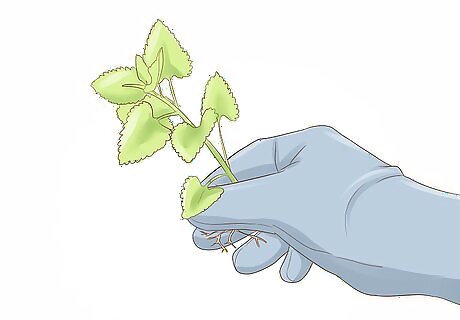
Choose the right herbs to grow. There are many different types of herbs you can grow. If you are brand new to the experience stick with an easier herb, such as bay tree, chive, mint, or parsley. More advanced herbs are oregano and rosemary. The hardest herbs to grow are basil, cilantro, and sage. Do not start out with difficult herbs if you have never grown herbs before.
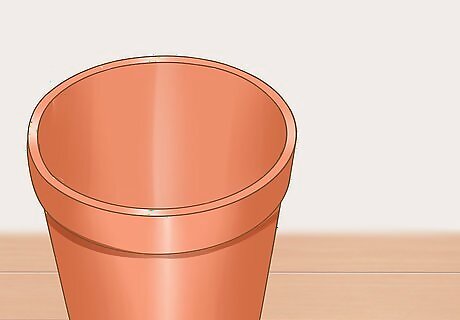
Choose the correct pots. Choose a pot with drainage holes. Use terra cotta to help the herbs breathe. The pots should not be smaller than 6 inches in diameter for individual herbs. If you want to grow herbs together, put two or three in a pot that is 8 inches deep and 10 inches in diameter. You can grow different kinds of herbs in the same pot, but don’t mix herbs that have different watering schedules, different soil needs, or are very different sizes.
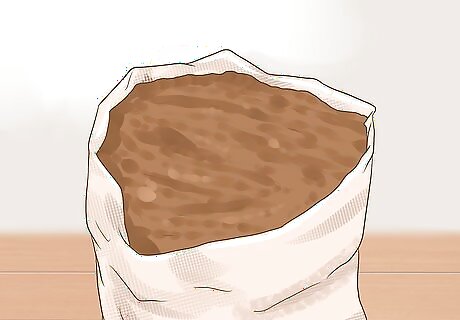
Choose the right soil. Use high quality, organic soil. Different types of herbs like different soils. Chives and mint like damp soil. Sage, basil, oregano, bay, thyme, and rosemary like well-drained soil. You can buy potting soil that stays damp for longer or well-drained soil that stays dry at a gardening store. For growing rosemary, thyme, and basil, add eggshells to your soil. Put the eggshells in a food processor with water and add them to your soil.
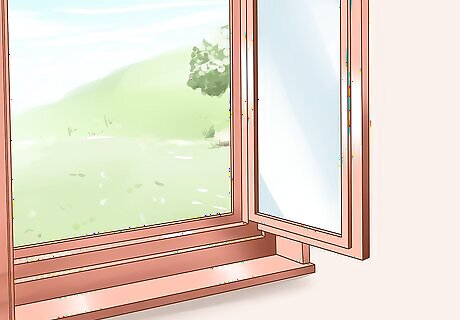
Give your herbs good lighting. Grow your herbs on a southwestern window, to get good light. If you can’t get enough light from a window you can get clamp-on reflector lights with bulbs. Place the lights very close to the herbs (about four to six inches away). Brown spots on the foliage means the herbs are getting too much light. Plants with long stems and very few leaves are not getting enough light and need more.
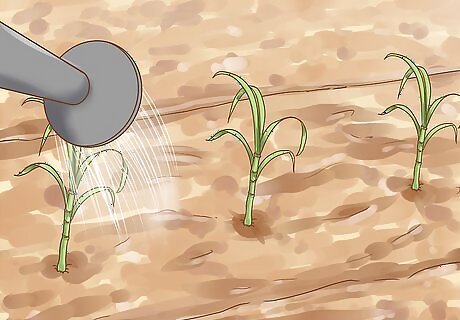
Water the herbs the correct amount. Herbs don’t need very much water. Overwatering herbs is the biggest mistake people make. Let the herbs dry out completely before watering them. Put your finger in the dirt all the way down to the roots to see if they are dried out. You will be able to pick up on a pattern of how long it takes the plants to dry out. To water your herbs put them in the sink and water the base where the stem and dirt meet. Let the water soak through. When the herbs are drained completely, put them back on the saucers. Never leave water in saucer or the herbs’ roots will rot.
Growing Miniature Roses
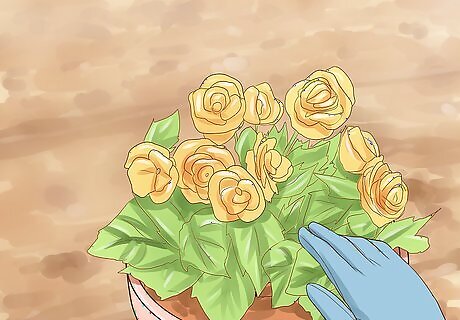
Keep the roses in bright, direct sunlight. The flowers won’t bloom unless they have enough sun. Make sure to keep them next to a sunny window. The humidity in the environment should be high to moderate. Keep the miniature roses at room temperature.
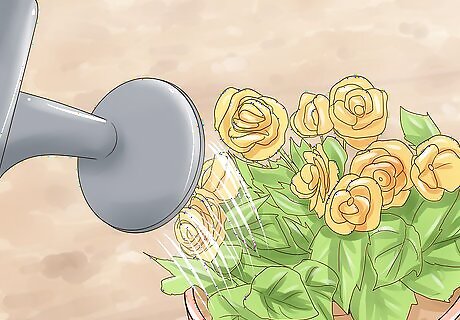
Water the roses regularly. Roses need to be watered regularly. Check their soil every day or two to make sure it is well hydrated. Water the roses thoroughly when they are growing. Make sure the top 2.5 centimeters of soil dries out between watering. Don’t get water on the leaves because that can cause fungus to grow. In the winter, keep the soil only slightly moist.
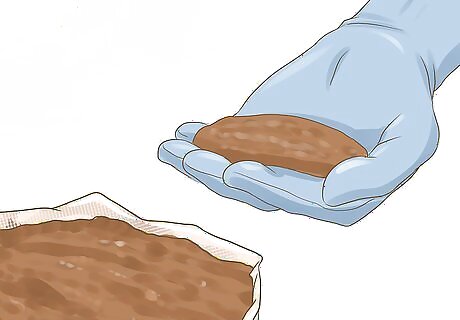
Use good soil. Miniature roses grow best in potting mix with a neutral pH level, such as pH 7. In the spring and summer, give your miniature roses a fertilizer every two weeks. Use a high-phosphorus fertilizer that has micronutrients.
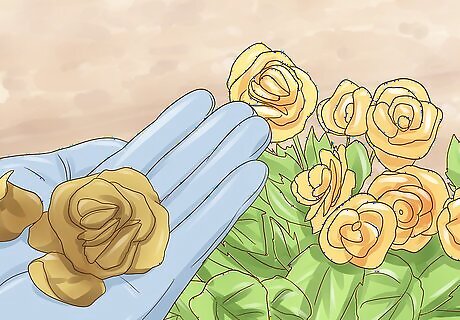
Remove dead flowers regularly. Whenever you see a flower that is dead, remove it. This will keep the roses looking their best and encourage the flowers to bloom longer. Use sharp pruners to cut off the dead flowers. Using your hands can damage the stem and give your roses diseases. Cut the flowers at a 45-degree angle.
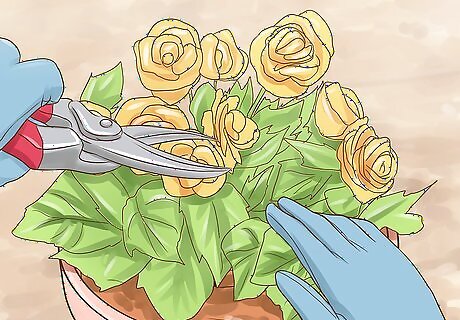
Prune your miniature roses. They won’t need pruning when they are still new plants, but they will when they get older. When branches start dying or crossing and rubbing each other, you need to remove them. Fall is the best time to prune because it is after flowering. If you prune your miniature roses yearly, you will promote growth and health. Pruning also helps your roses have a better looking shape. Use pruning shears and cut the stem a quarter inch above the leaf axil at a 45-degree angle.
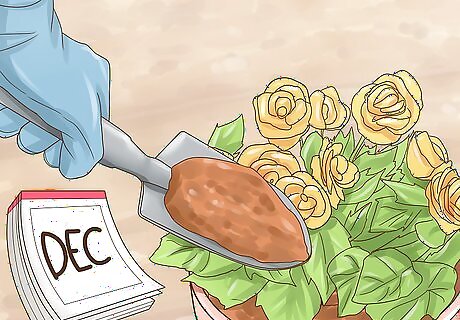
Let the roses rest in the winter. Not pruning, not giving your roses fertilizer, and leaving them alone in the winter will give your roses a longer life and better health. Keep your roses cool during this time. Don’t leave them outside where they will freeze. Move your roses to a basement or garage where they will be cool.
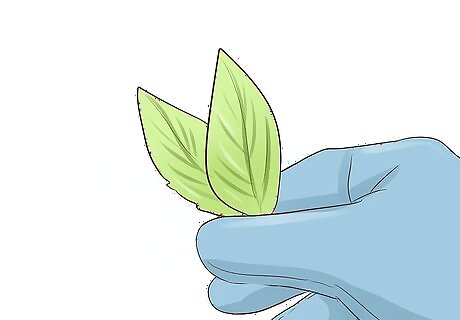
Pay attention to the leaves. Black spots on the leaves means that they have a fungus from being in damp conditions. Cut off the affected leaves and treat the foliage with a blackspot fungicide. Keep your roses in good air ventilation to avoid blackspot. Yellow leaves on your roses can be from not enough sun, dry soil, or dry air.




















Comments
0 comment